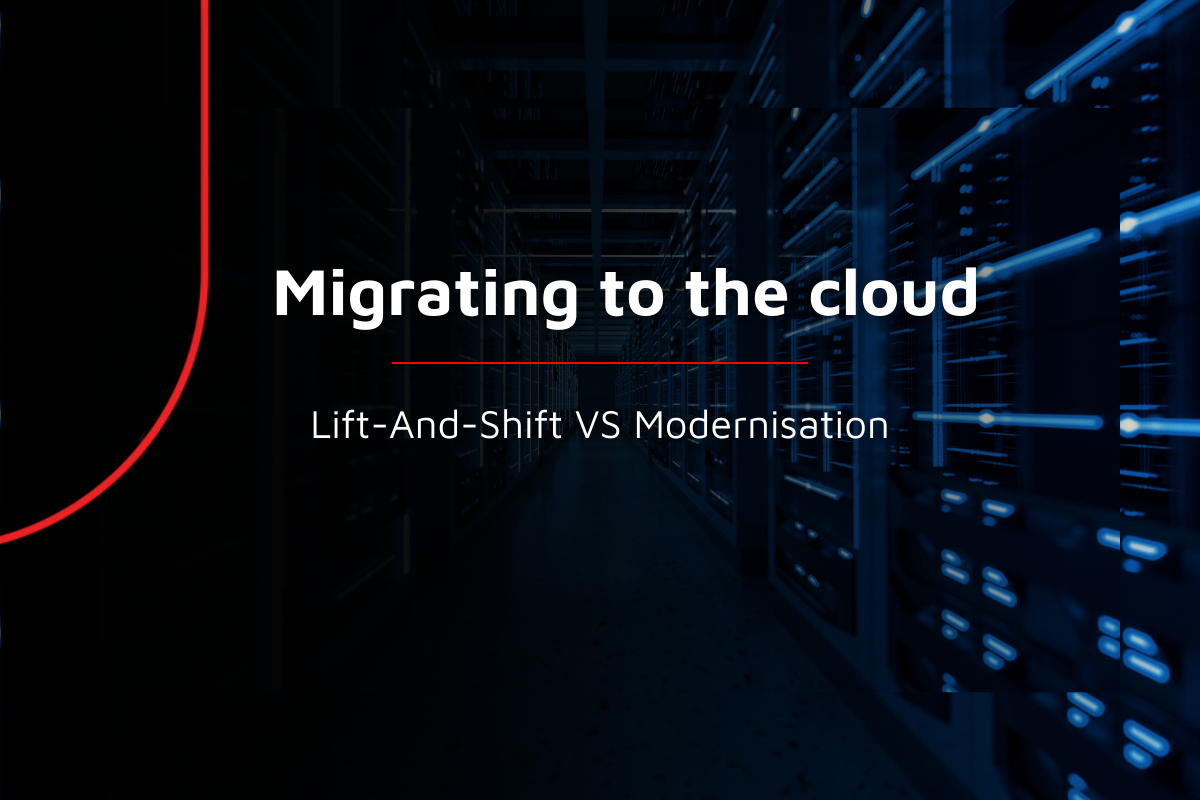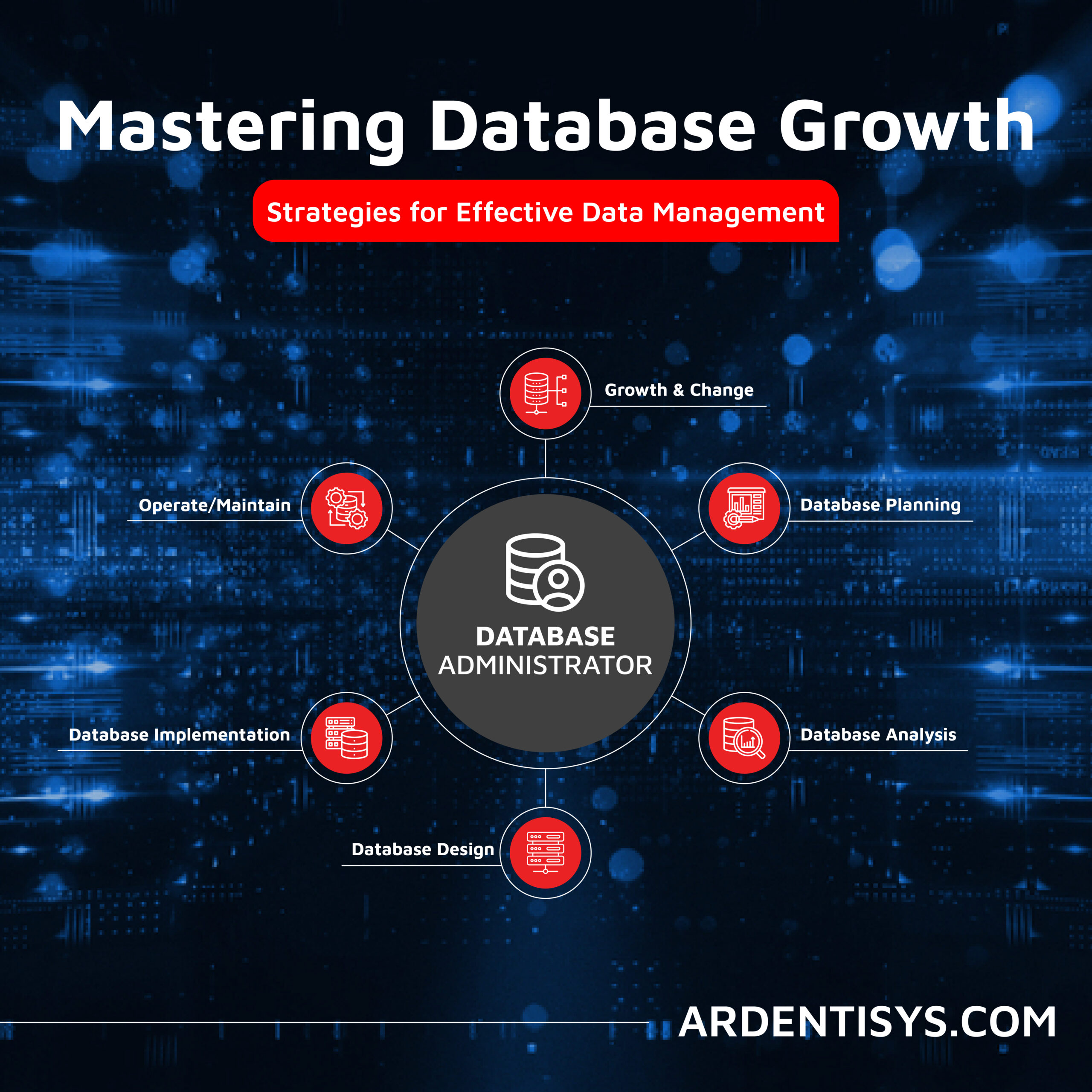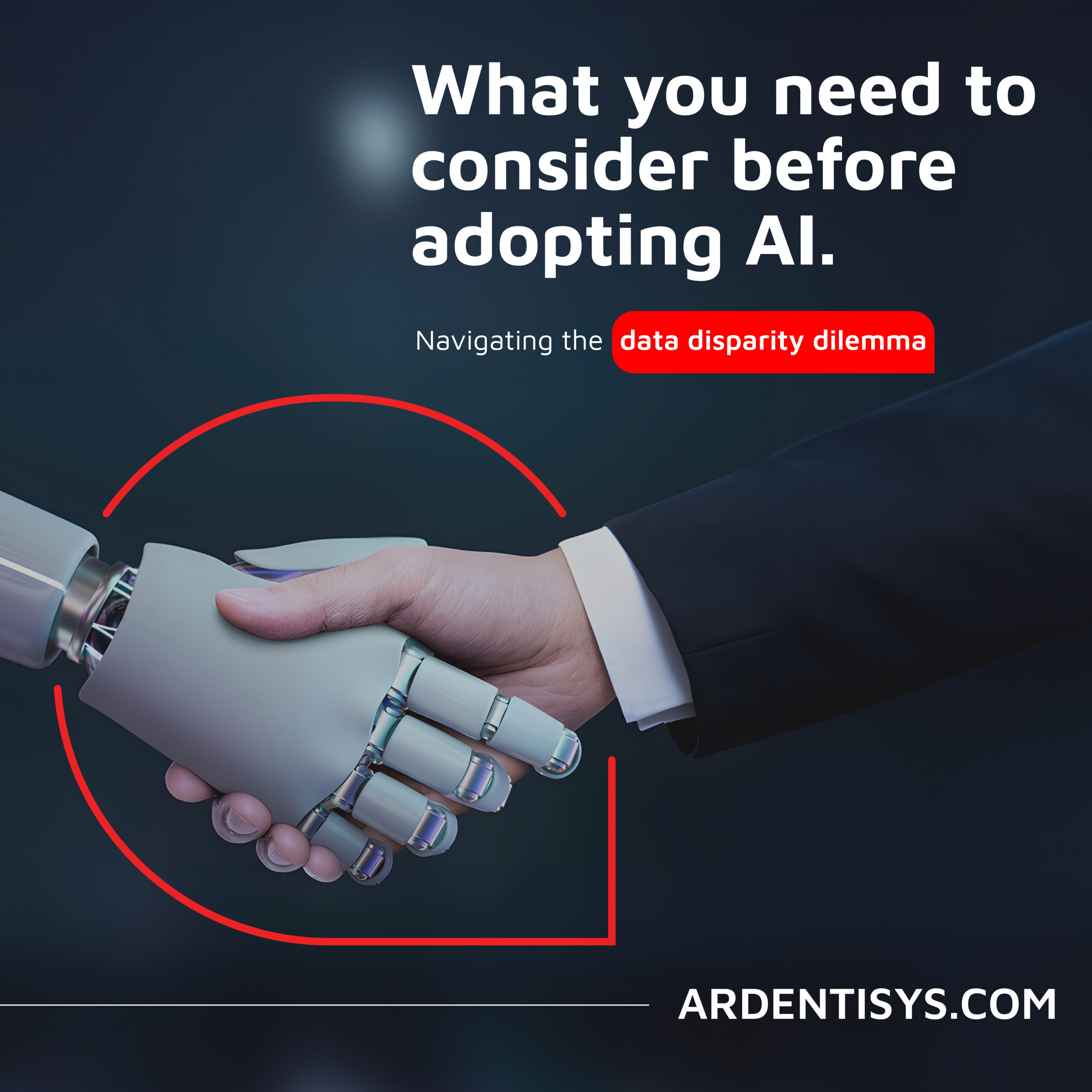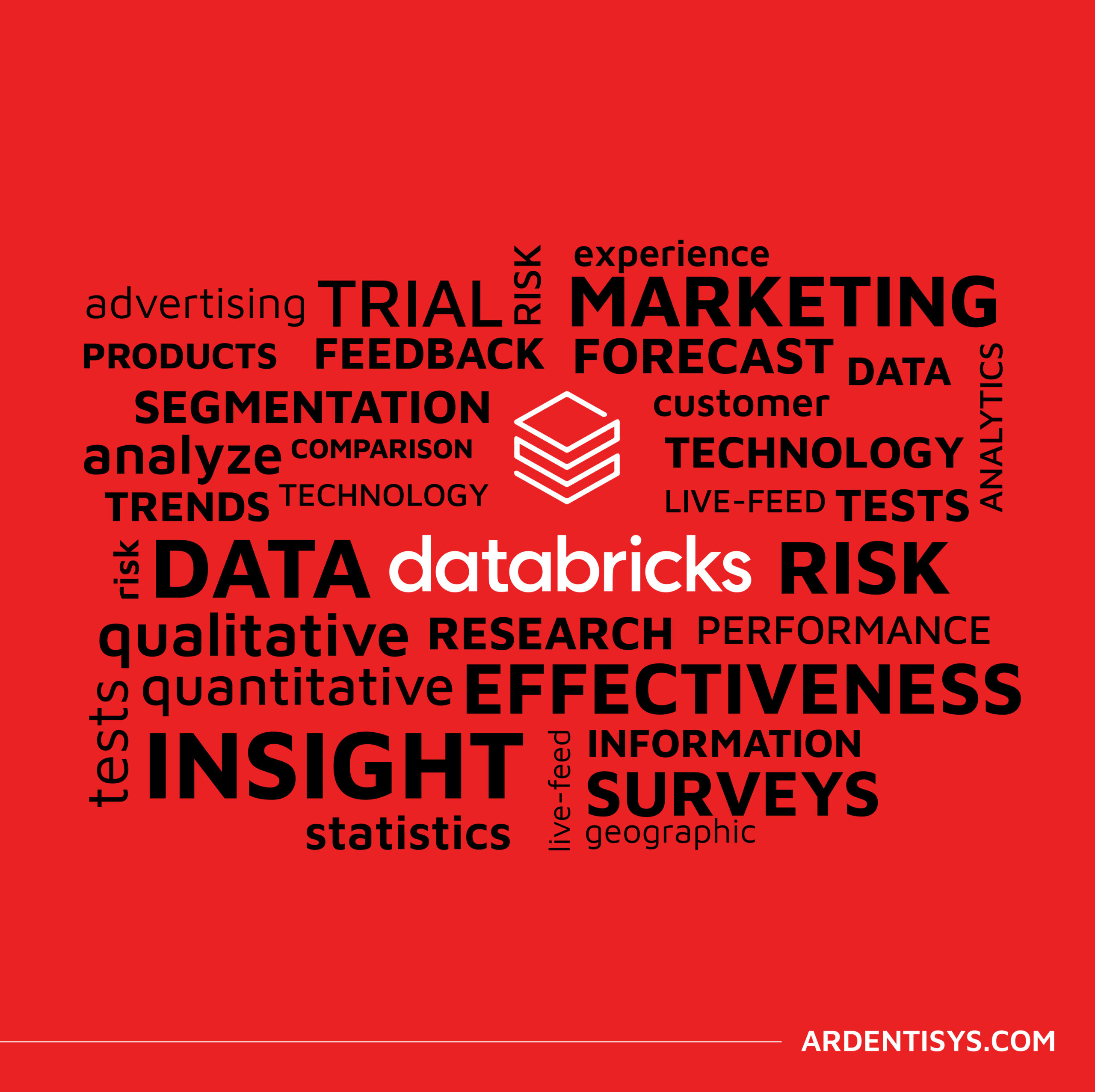Migrating to the cloud – Lift-And-Shift VS Modernisation
24 March 2023 | Noor Khan

Migrating to the cloud can be highly beneficial for your business, it allows you to be more flexible, work with agile operations, innovate at a faster pace, and can reduce costs – especially when you have been spending on server hardware and storage space.
Using cloud services is in fact so popular that an astounding 94% of all companies (worldwide) use some form of cloud computing in their operations, and 92% of businesses having a multi-cloud strategy in place (or in development).
Once you have made the decision to implement cloud migration, you then need to decide how you are going to handle the process – whether you are going to simply send your data across and use it as is (lift-and-shift) or whether you are going to take the opportunity to upgrade and improve (modernisation).
Lift-And-Shift
Perhaps one of the simpler and faster approaches to cloud migration, Lift-And-Shift migration involves moving existing data and services across to the cloud with little or no changes to either the infrastructure or the format/coding.
A ‘pure’ lift and shift (also known as a ‘rehosting’) will migrate a workload with no refactoring or rebuilding – it is sent across ‘as is’. A Lift, Shift and Optimise will focus on migrating to the cloud with no changes and then do post-migration optimisation.
Benefits of Lift-And-Shift migration
- Faster speed of completion – This migration to the cloud is the fastest in terms of getting data or a workload onto a cloud resource, as there is no time spent on optimisation, revisions, or code changes.
- Requires less planning – Compared to other cloud migration solutions, lift and shift requires less planning, project strategy, and overall resources to complete the initial migration.
- Potential for reduced risk – If you do not have the resources to perform code updates without potentially compromising performance, moving the data without changes, as opposed to refactoring, means that you may have less risk of the software failing upon migration.
- Improved optimisation - By migrating to the cloud, lift-and-shift can increase the lifespan of a workload when internal resources are struggling to meet the data needs, or there is a requirement to reduce the cost of on-site storage solutions.
Drawbacks of utilising Lift and Shift
- Poor cost optimisation – Although a simple move can keep a workload functioning, and improve the optimisation of the process, by not making use of the configurations or options offered by cloud services, you may miss out on long-term savings or the ability to create more stable workload.
- Missing opportunities to improve – Some workspaces and data sets have been in operation for so long that they are outdated, when a lift and shift is applied, you are missing the chance to review the existing structure and look to see if there are more effective improvements that can reduce wastage in time, resources, and budget.
- Limited functionality and reduced effectiveness – Legacy workloads tend to operate on older forms of coding or data, and eventually, these will become outdated to the point of being obsolete. By not reviewing the process and keeping the data in a format that works with current expectations, it will become more difficult to keep it operating, and more costly as staff will likely have to have specific training to be able to use older forms of coding or operational actions.
Who is Lift-And-Shift Suitable for?
Generally, lift and shift is considered to be an option for migrating workloads that are already suitable for cloud migration, or they are in the process of being made ready. For example, containerised applications, apps built on microservice architecture, and some workloads can be sent straight to the cloud.
The process is also used for those organisations that require a quick and immediate movement of their data, generally for increased storage reasons or when a new computing platform is required and the existing data centre is not capable of supporting it.
Utilising Modernisation for cloud migration
Modernisation for cloud migration is a much more involved and time-consuming process, which sees applications broken down into component parts, and these parts are then evaluated and rebuilt in order to function effectively and efficiently in a cloud environment.
Benefits of a Modernisation approach
- Increased scalability – By modernising your data, you can make use of the extra space offered by cloud services, but also scale the functionality and abilities of the applications to fit your business need, rather than spend time trying to hardcode a fix into a legacy dataset.
- Improved performance – Applications that are running on the most up-to-date platforms, with compatible language and functionality, and make use of integrated tools are able to perform to higher standards.
- Easier maintenance and repair – Because the data has been migrated and modernised, any issues or maintenance can be done utilising the tools and services available through the cloud service, which often makes it quicker and easier to handle.
Drawbacks of using Modernisation for cloud migration
- Controlling usage and costs – Migrating to a cloud service may be initially cost-effective, but it is important to remember that costs tend to be ‘on use’ and as you modernise and grow, the space and cost levels will increase.
- Restriction in usage and infrastructure – When choosing a cloud service, there may be limitations if you choose to go with a single-cloud platform (rather than a multi-cloud platform) which could cause issues in the future and for further migrations. There are factors which must be considered when undertaking data migration, in order for it to be successful.
- Takes time and resources – Depending on the level of modernisation you need to bring your data to cloud functionality, it can take additional time and resources to complete the migration.
Who is Modernisation suitable for?
Modernising data for cloud services is an effective solution for many growing businesses, that are making more use of data analytics and data science.
It also provides an effective solution for companies that are repositioning themselves for digital growth, and those that operate in multiple locations and need access to the data regardless of which office they are in.
Considering your cloud service options for cloud migration
Both lift and shift and modernisation, are effective solutions for different reasons – and provide companies with the ability to get their data migrated onto cloud services. If you are unsure whether these options are suitable for your needs, we are happy to provide advice.
Migrate to the cloud with Ardent
Our team of highly skilled data engineering team can make your data migration a seamless process with minimal downtime, speed and efficiency. If you are unsure on what is the right approach for you, we would be more than happy to discuss your challenges, goals and objectives to find a solution perfectly right for you. Get in touch to find out more or explore our data migration solutions.
Discover how our clients are winning with Ardent Data Engineering Services
- Monetizing broadcasting data with trusted timely data availability for real time, mission critical data
- Improving data turnaround by 80% with Databricks for a Fortune 500 company
- Making data science efficient with expert operational monitoring and support
Ardent Insights

Overcoming Data Administration Challenges and Strategies for Effective Data Management
Businesses face significant challenges to continuously manage and optimise their databases, extract valuable information from them, and then to share and report the insights gained from ongoing analysis of the data. As data continues to grow exponentially, they must address key issues to unlock the full potential of their data asset across the whole business. [...]
Read More... from Migrating to the cloud – Lift-And-Shift VS Modernisation

Are you considering AI adoption? We summarise our learnings, do’s and don’ts from our engagements with leading clients.
How Ardent can help you prepare your data for AI success Data is at the core of any business striving to adopt AI. It has become the lifeblood of enterprises, powering insights and innovations that drive better decision making and competitive advantages. As the amount of data generated proliferates across many sectors, the allure of [...]
Read More... from Migrating to the cloud – Lift-And-Shift VS Modernisation

Why the Market Research sector is taking note of Databricks Data Lakehouse.
Overcoming Market Research Challenges For Market Research agencies, Organisations and Brands exploring insights across markets and customers, the traditional research model of bidding for a blend of large-scale qualitative and quantitative data collection processes is losing appeal to a more value-driven, granular, real-time targeted approach to understanding consumer behaviour, more regular insights engagement and more [...]
Read More... from Migrating to the cloud – Lift-And-Shift VS Modernisation






